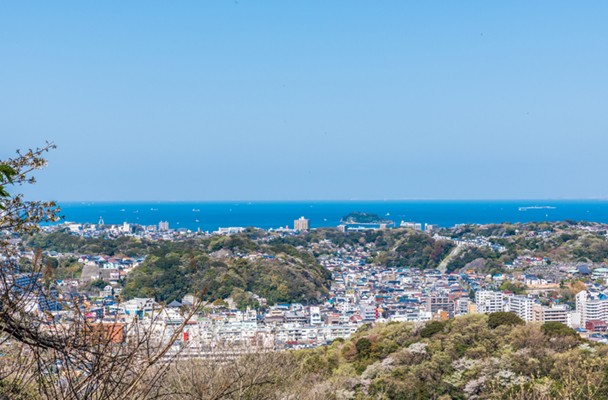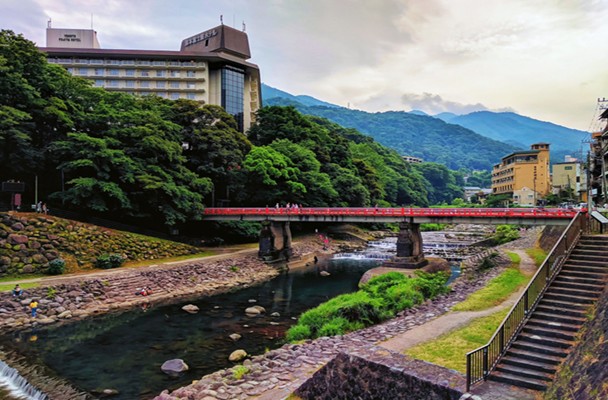Jomyoji Temple is said to be related to the origin Kamakura's name. It is known as a high ranking temple being one of the Ashikaga clan's funeral temples (bodaiji). The main hall has a huge roof made with copper which looks impressive. It is also famous for the red and white plum blossoms that bloom between early and late February. In this article, we will introduce the history and highlights of Jomyoji Temple, as well as the method of access to it.
About Jomyoji Temple
Jomyoji Temple is located along the Kanazawa-kaido in the eastern part of Kamakura. The precinct is located in the center of a valley with Sugimoto-dera temple to the west, Kurumigayatsu to the east and Mount Kinubariyama to the south. The temple was founded by Ashikaga Yoshikane, a Japanese samurai in early Kamakura period (1188), as a Mikkyo sect temple with the name Gokuraku-ji. After that, the Ashikaga clan changed the temple's denomination to Rinzai sect and its name to the present one as a Zen Buddhist temple. Jomyoji Temple was 5th of the Kamakura Gozan having a high ranking. It was a big temple given facilities worthy of its status including 23 sub-temples (tacchu) at its peak.
Plum blossoms are planted on the left of the path to the main hall. They will be in full bloom between early to late February.
In the precinct, there are the main hall, a tea house called Kisen-an, the Inari mountain, the Kamatari Shrine, a restaurant called Ishigama Garden Terrace and so on.
The Origins of the Name "Kamakura"
On the way to the far right of the precincts, there is a flight of stairs leading to Kamatari Shrine. It was said that when Fujiwara no Kamatari stayed at Yuinosato (today's Yuigahama) on his way to Kashima-jingu Shrine, he had a strange dream that made him bury a kamayari (a type of spear) in this place. This legend is said to be related to the origins of the place name "Kamakura".
Highlight of Jomyoji Temple
The highlight is the main hall which was rebuilt in 1756. It has a copper-plated hip roof with a symmetrical and solid impression. In addition, Kisenan of Shoin-zukuri (a type of Japanese residential architecture), which is a renovated traditional Japanese-style house, has a karesansui (Zen rock garden). The careful balance between the greenery and arranged stones is excellent. There is also a suikinkutsu (buried earthen jar that makes sound when water drips into it, a garden feature) in the garden. You can have a cup of matcha and rakugan (Japanese pressed sweets) for ¥ 500 while enjoying your time in the garden. On the hillside behind the main hall is a path leading up the hill where you can look at Mount Kinubariyama and the copper-plated roof of main hall from an elevation.
Access to Jomyoji Temple
About 8 minutes by Keikyu Bus bound for "Kamakura-reien-seimon-mae-tachiarai" departing from JR Kamakura Station(East Exit). Get off at Jyomyoji bus stop, followed by a short walk.
Spot Information
- Spot name: Jomyoji Temple
- Street Address: 3-8-31 Jomyoji, Kamakura, Kanagawa Prefecture, 248-0003
- Ticket: 100 yen
- Opening hours: 9:00~16:30
- Closing days: None






Comments